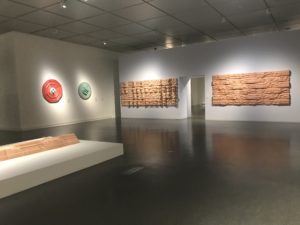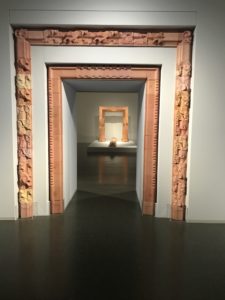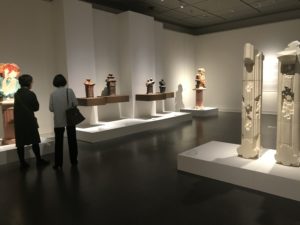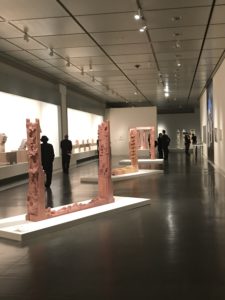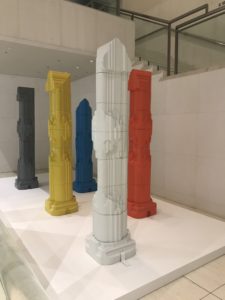The MIC of Faenza celebrates, from May 28 to October 9, an important artist for the history of ceramic sculpture, known more abroad than at home.
To Nino Caruso, sculptor, writer, ceramist and designer, who passed away in 2017, is dedicated the next exhibition at the MIC in Faenza planned from May 28 to October 9, 2022.
A large anthological exhibition about 50 years of career through a hundred works documenting the intense activity of this protagonist of ceramics.
The exhibition, curated by Claudia Casali and Tomohiro Daicho, curator of the MOMAK in Kyoto, with the support of the Archives Nino Caruso has already been set up in 2020 in the Japanese museums of Kyoto and Mino, with which the MIC of Faenza is co-producer.
Caruso had a very rich artistic and expositive activity that he put side by side with the didactic and editorial one. Caruso is the author of the most important ceramics manuals – translated all over the world – and his public interventions are present in Galerie Les Champs in Paris, at the Evangelical Church in Savona, in Japan, at Tokai Hospital and City Hall, in Portugal, at La Rotunda, in Coimbra. As his sculptures can be found at the train station in Gijon, Spain at the metro station in Marseille.
Born in 1928, in Tripoli from a Sicilian family, in the ’50s he moved to Rome where he met Salvatore Meli and was introduced to Villa Massimo, coming into contact with Guttuso and the artists and intellectuals of the Roman avant-garde.
“From the meeting with Meli I began, working for him, – says Caruso – to develop my artistic language.”
Starting in 1965 he began to use polystyrene to make casting molds into which he poured the clay, revolutionizing his working method, in search of a new relationship between sculpture and architecture.
He started a deep study of modularity that takes on a precise architectural function, a system that opened up significant collaborations with companies.
In 1966 he contributed to the constitution of the Italian Center of Art Productions (CIPA) assuming the role of secretary with the presidency entrusted to the architect Gio Ponti.
Starting from the mid-seventies he had frequent collaborations with some American universities where he organized exhibitions, workshops and seminars. Gradually matured a vast knowledge of ceramic techniques, such as ancient ones still in place in Eastern civilizations, and learned directly, thanks to his long stays in Japan, the most innovative experiments.
His wide production shows a particular attention to the themes of the ancient applied to modernity. Already from the works of his beginning, in the ’50s, considered primitive and influenced by Picasso, emerged a study on the tradition, revisited later in his design productions and in his work on urban and architectural spaces.
He had an authentic passion for Etruscan art, to which he dedicated entire cycles of his production, earning him important awards with works placed in public spaces as a tribute to this significant civilization.

